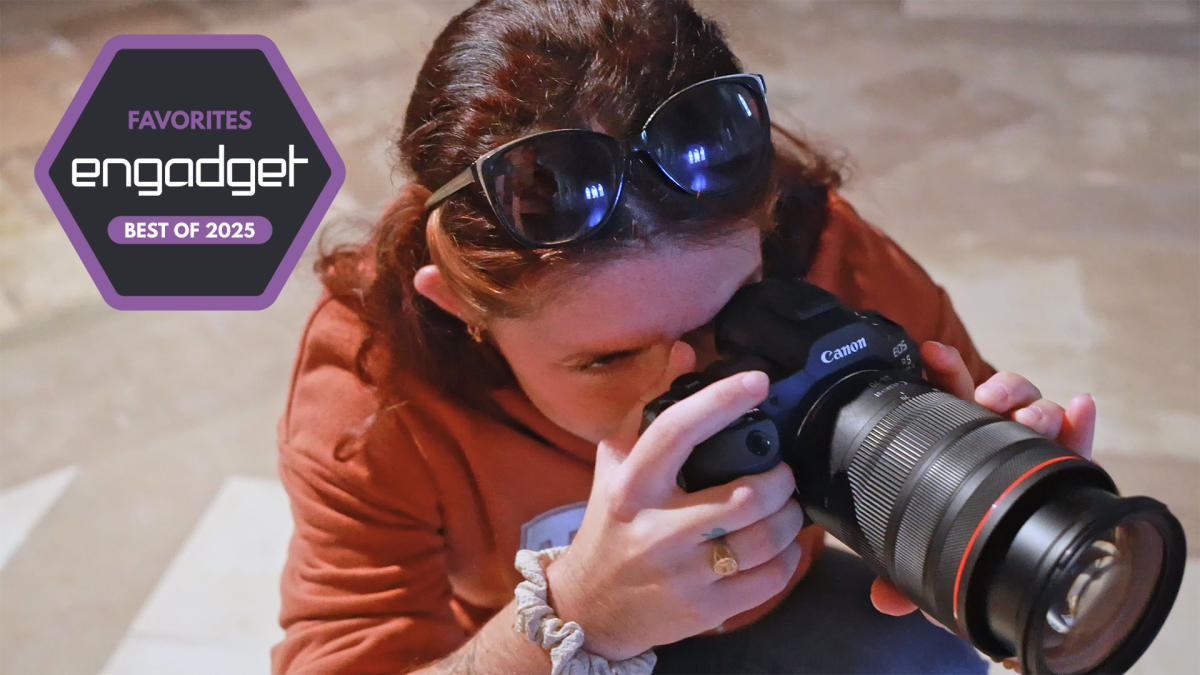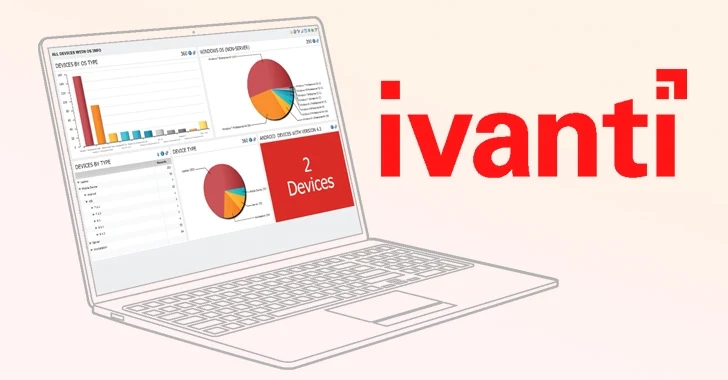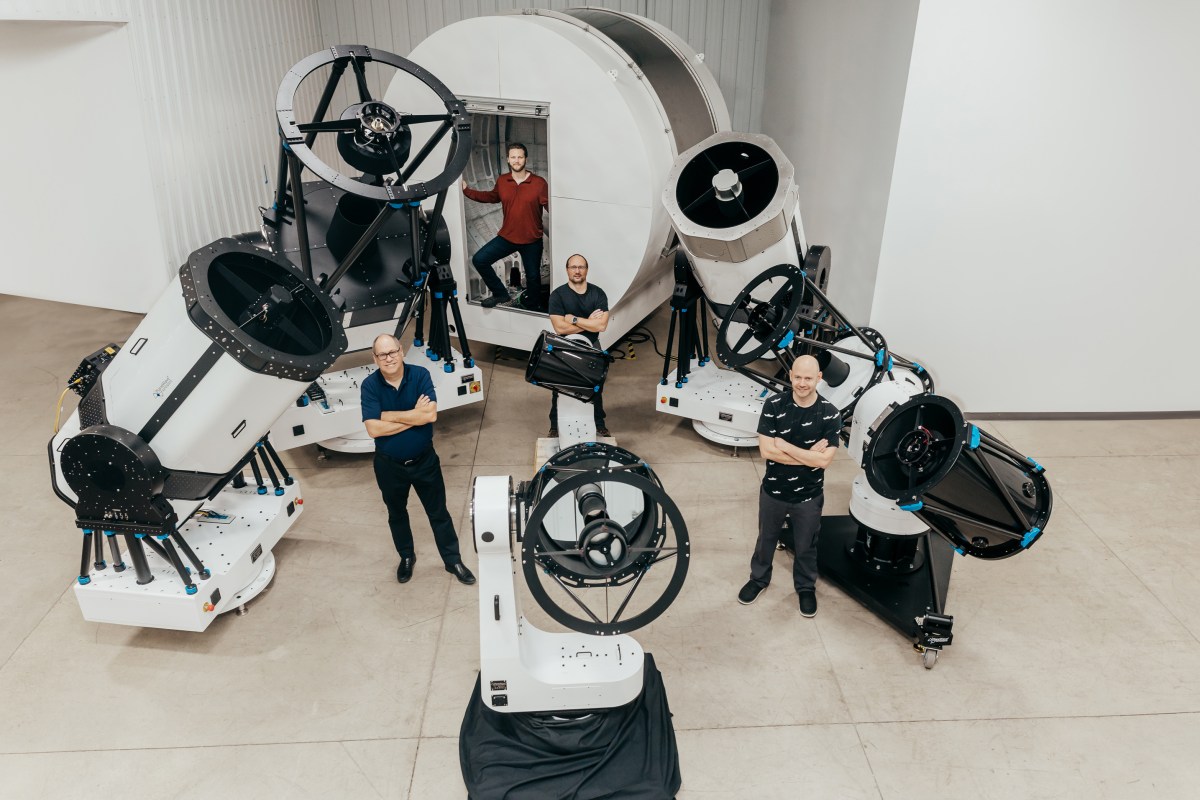Here is the rewritten content without changing its meaning, retaining the original length, and keeping proper headings and titles:
Camera Launches Have Been Plentiful
In recent times, camera launches have been plentiful, with major brands like Canon, Nikon, Sony, and others releasing important new models. One notable development in 2024 was an improvement in areas such as autofocus and video, along with the introduction of new trends in creating interesting looks for videos and photos in-camera.
A Diverse Array of Cameras
More than 20 new cameras were launched last year, joining the many outstanding models available in the market. The question is, which one is right for the type of videography or photography you do? Whether you’re an aspiring action or wildlife photographer, an extreme sports enthusiast, or a content creator, we’ll help you find the perfect camera to match your budget and requirements.
What to Consider Before Choosing a Camera
Although smartphones have improved significantly for video and photos, full cameras still have an edge in many ways. The larger sensors in mirrorless cameras let more light in, and you have a wide choice of lenses with far superior optics. Dedicated cameras are also faster for shooting things like sports or wildlife, offer superior video for content creators, and create more professional results.
Sensor Size: A Key Factor
When it comes to choosing a camera, there are a few key things to consider. The first is sensor size: in general, the larger the sensor, the better (and usually more expensive) the camera. Full-frame is the largest sensor size for mainstream cameras, and it’s available on models like the new Panasonic S9, the Nikon Z III, and Canon EOS R5 II. At a size equivalent to 35mm film (36 x 24mm), it offers the best performance in terms of image quality, low-light capability, and depth of field. However, it’s also very expensive and finicky. While bokeh looks incredible at an aperture of f/1.4, the depth of field is so razor thin that your subject’s eyebrow might be in focus but not their eye. This can also make shooting video difficult.
APS-C Sensors: A Compromise
The next size category is APS-C (around 23.5 x 15.6mm for most models and 22.2 x 14.8mm for Canon), offered on Fujifilm’s X Series lineup, the Canon R10, the Sony ZV-E10 II, and the Nikon Z50. It’s cheaper than full frame, both for the camera body and lenses, but still brings most of the advantages like decent bokeh, high ISOs for low-light shooting, and relatively high resolution. With a sensor size the same as movie cameras, it’s ideal for shooting video, and it’s easier to hold focus than with full-frame cameras.
Micro Four Thirds: A Smaller Alternative
Micro Four Thirds (17.3 x 13mm), a format shared by Panasonic and Olympus, is the next step down in sensor size. It offers less bokeh and light-gathering capability than APS-C and full frame, but allows for smaller and lighter cameras and lenses. For video, you can still get reasonably tight depth of field with good prime lenses, but focus is easier to control.
Action Cameras: The Perfect Companion
The other common sensor size is Type 1 (1 inch), which is actually smaller than one inch at 12.7 x 9.5mm. That’s used mostly by compact models like Sony’s ZV-1 vlogging camera. Action cameras like the GoPro Hero 11 and DJI’s Osmo 3 have even smaller sensors (1/1.9 and 1/1.7 inches, respectively). When it comes to action cameras, the most important features to look for are image quality, stabilization, and battery life. GoPro has easily been beating all rivals recently in all those areas, but DJI has taken a lot of its business with the Osmo Pocket 3 gimbal camera.
What to Look for in an Action Camera
The best action camera is the one that suits your needs. Look for a camera with a big 1-inch sensor, which boosts image quality considerably, particularly in low light. Also, consider a camera with a large swiveling touchscreen that makes it easier to switch between horizontal and vertical video. Face tracking is also a great feature for vlogging, as it allows the camera to rotate and tilt to follow you around.
Best Compact Cameras
The category of compact cameras has fewer cameras than it did even a few years ago, and many models are older, as manufacturers focus instead on mirrorless models. However, I’m still a big believer in compact cameras. They’re a noticeable step up from smartphone quality-wise, and a lot of people will take a compact camera to events or traveling. Compacts largely have type 1-inch sensors, but a few offer larger options, particularly Fujifilm’s XF-100V. Desirable qualities include image quality, a fast lens, relatively long zoom, flip-out display, good battery life, and a high-quality electronic viewfinder.
Best Mirrorless Cameras
Mirrorless is the largest camera category in terms of models available, so it’s the best way to go if you’re looking for something with the most advanced features. Canon and Nikon recently announced they’re discontinuing development of new DSLRs, simply because most of the advantages of that category are gone. The biggest selling feature of a mirrorless camera is the ability to change lenses depending on the type of shooting you want to do.
Best Camera for You
Whether you’re an aspiring action or wildlife photographer, an extreme sports enthusiast, or a content creator, we’ll help you find the perfect camera to match your budget and requirements. With so many options available, it’s essential to consider what you’ll be using the camera for and what features are must-haves for you.
Source Link





